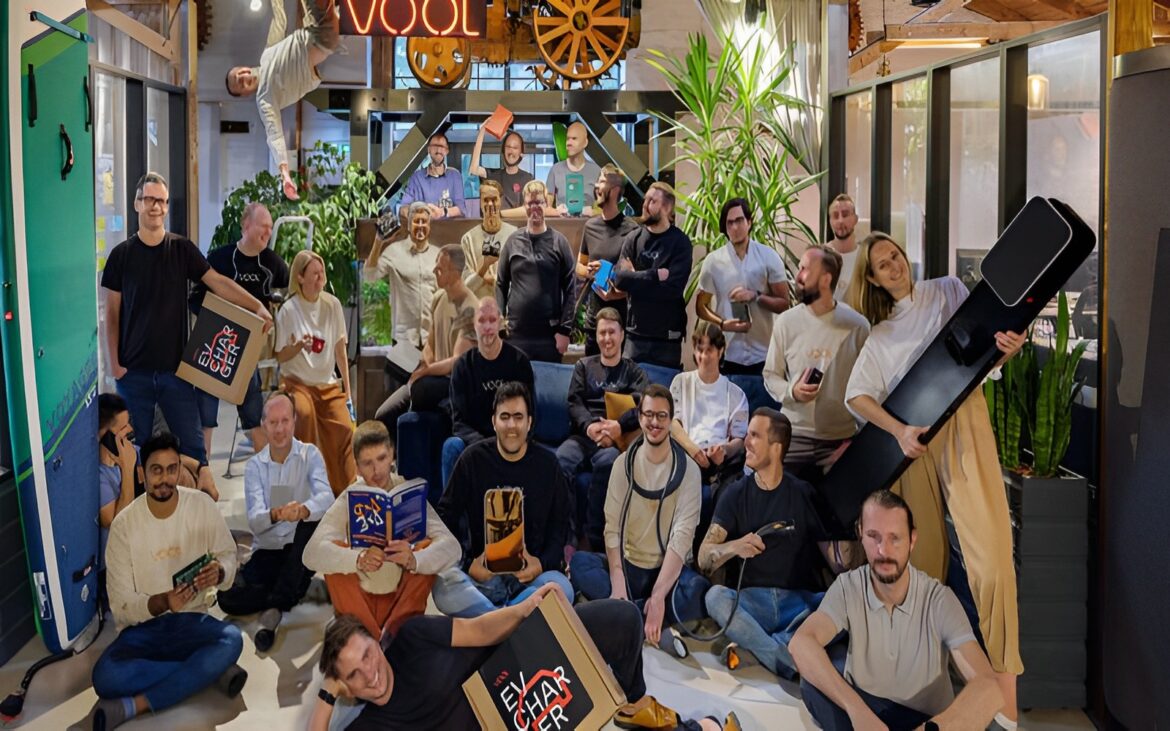The business for EV charging, VOOL, located in Estonia, just revealed that it has secured an additional €1.3 million, increasing its total initial capital to date to €7.62 million.
The sum comprises a €3 million grant from the EIC Accelerator Innovation Fund of the European Union in 2022, €1.62 million from the Estonian government in 2023, and €1.7 million from the first seed fundraising round in 2023.
According to VOOL, the investment will be used to increase the manufacturing of EV chargers at its nearby plant to keep up with rising demand. Additionally, it will provide funding for the company’s worldwide sales and customer support teams to expand into other Nordic nations.
Specialist VC, a venture capital company specializing in sustainable technologies, led the fundraising round. Taavi Veskimägi, the former board chairman of Estonia’s independent electricity and gas system operator Elering, and Kuldar Väärsi, the creator of Milrem Robotics, were among the new angel investors that took part in the investment round.
Influential real estate developers participated in the round, including Kaamos Group, Astrii Group, and the technology investment company Amalfi.
However, VOOL’s workers were the largest angel investors, contributing 15% to the round.
The first CIO of Estonia and creator of the e-Residency program, Taavi Kotka, the first employee of Pipedrive and current chief architect at VOOL, Elar Nellis, and many more are among the current angel investors in the firm. Kersti Kaljulaid, the former president of Estonia, is also one of them.
making chargers for the future
VOOL was established in 2018 and is presently used in Denmark, the Baltic States, Finland, Sweden, and Norway. There are 44 workers at the firm. Its technology is compatible with chargers, software, and all-electric vehicles.
Even though most of Europe is linked to three phases of energy, most EV chargers only utilize one phase, said Juhan Härm, co-founder and CEO of VOOL. This implies they can only use a portion of the grid’s total capacity.
“We use all three stages and alternate between them as necessary. We can provide automated charging that is dependable and sustainable in this manner, claims Härm.
The grid load and the user’s power use are both tracked by VOOL’s technology. The grid will automatically transition to a less loaded phase if consumption in any of the three phases exceeds the grid’s capacity.
It is actively creating new products to get this three-phase technology into homes. The first chargers have already been sent to consumers, and serial manufacturing has begun.
effective use of grid energy
By 2030, Europe would need at least 29 million private charging stations, according to a McKinsey analysis. In comparison, there are now 77 times as many charging stations.
Here, the technology developed by VOOL contributes significantly to quickening the energy transition.
The company’s technology uses the current grid three times more effectively than the industry standard. It enables property developers to avoid extra expenses for constructing new charging stations and improving existing infrastructure.

